How is reality represented within surrealism and dreams?
“We think we understand the rules when we become adults but what we really experience is a narrowing of the imagination.”
― David Lynch
Dreams are something that make our minds wonder, leaving us on the edge of our seats; whether it’s because we want to know what was about to happen next or whether it’s because we want to know the meaning of what they dreamt of. Our life within reality which influences what we dream about is what interests me; how do we know what’s reality and what is just a dream? When we are dreaming, we’re not usually aware of it because it seems so real which leads me to think, maybe the line between dreams and reality isn’t so clear. “We think we understand the rules when we become adults but what we really experience is a narrowing of the imagination.” David Lynch, a film director who revolves his work around surrealism and abstract forms of reality, is known to be “the first popular Surrealist” and has developed his own unique was of creating cinematic masterpieces by trying to expand the audience’s imagination to have their own understanding of what they are seeing within his film, his style has been dubbed as “Lynchian”; characterised as meticulous sound design and dream-like imagery. He tries to make his films as surreal as possible and the way they are interpreted differs from each viewer as they have their own perception of realism. One of his films called Lost Highway inflicts a lot of intriguing questions about reality, “I like to remember things my own way…How I remember them. Not necessarily the way they happened” Fred, Lost Highway (1997). Throughout the film the protagonist finds himself to be in unrealistic situations but with a pattern – Renee/Alice creating a sense of normality, therefore showing reality with a dream or vice versa. Inception was the other film that is a good example of dreams being represented within reality, “Dreams feel real while we’re in them. It’s only when we wake up that we realize something was actually strange.” Cobb, the protagonist from the film Inception, said this which Christopher Nolan deliberately wrote in the script to make the audience think about the truth of the statement. This links into my hypothesis very well as to why we may not know how to separate reality from dreams as sometimes reality can be surreal at times. Although the film Inception is quite complex as it goes into detail about dreams within a dream and going into limbo; apparent lack of limitations, limbo is described as a dimension that can allow a dreamer to manifest their deepest desires, but also unwittingly trap themselves in a world where they lose their awareness that the world created is not reality. Therefore, suggesting that you can get trapped within your thoughts and some have described the film to be similar to how a coma would be; an ongoing dream that feels like reality. In an attempt to answer the question, “How is reality represented within surrealism and dreams?” I will be delving into the history of surrealism, realism, dadaism and how the film producers David Lynch and Chris Nolan express dreams as a different reality.
The artistic movement known as Surrealism helped to allow artists to express their imaginative thoughts more thoroughly. Surrealism as an artistic movement began as early as 1917, heavily inspired by the captivating paintings of Giorgio de Chirico for having such a hallucinatory quality to them such as The Song of Love. Closely following behind Chirico was the Dadaist writer André Breton’s 1924 Surrealist manifesto, just as the Dada movement ended in 1923, “The imaginary is what tends to become real.” is how he observed the new movement as, creating the most obscure imaginary things into something in the physical world. For the poets and artists of the surrealist movement, dreams stood for all aspects of the world repressed by rationalism and convention. The ‘revolution of the mind’ sought by surrealism drew upon the uncensored creative impulses of the unconscious. This ensured that it never became a style as everyone’s view on surrealism was different. The movement of Surrealism created new opportunities for unique and unappreciated artists to emerge and make their mark on attitudes towards the abstract world. For the first time people had the chance to show how they look at life and express their feelings through unrealistic and obscure paintings and photographs, to turn the world into a different reality in order to open up people’s minds to the unimaginable. “Surrealism is destructive, but it destroys only what it considers to be shackles limiting our vision.” Salvador Dali once said this to convey his thoughts on what he believed to be the true meaning of Surrealism; an art allowing us to do limitless stretches of the imagination in order to proceed forward in the artist world. One Dali’s famous artworks is “The Persistence of Memory” from 1931, inspiring a lot of other Surrealist artists around the globe. The artwork consists of melting clocks which seem to be in a dry desert like landscape. A lot of paintings were famous in the surrealist movement before many photographs because at the time many photographs were discarded as just a copy of the real world and it wasn’t considered a talent of any type of artist, whereas paintings and drawings were seen as well thought out art as well as individual to each artist. This movement helped to create other movements that have more abstract qualities to them.
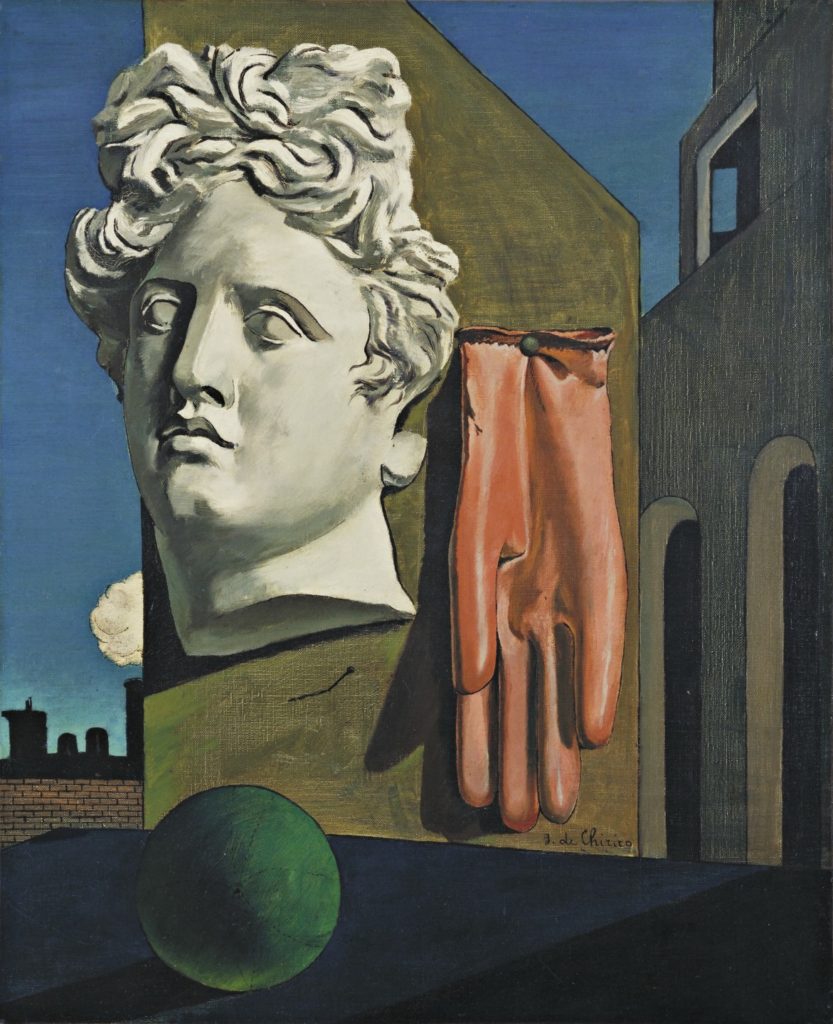
Giorgio de Chirico, The Song of Love 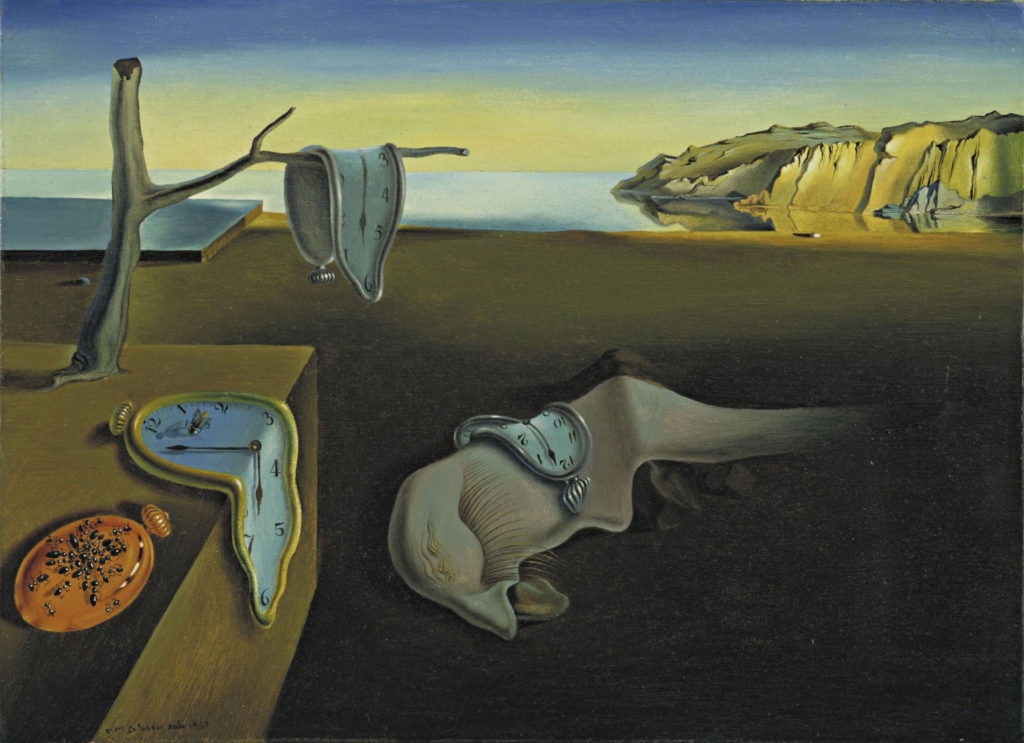
The Persistence of Memory, 1931,Salvador Dalí
“Black has depth.. you can go into it.. And you start seeing what you’re afraid of. You start seeing what you love, and it becomes like a dream.”
― David Lynch,
The first relation to the question, “How is reality represented within surrealism and dreams?” is the famous film maker David Lynch. He first was first enrolled at the Museum of Fine Arts in Boston, as he initially wanted to become a painter but then he later moved on to studying at the Pennsylvania Acadamy of Fine Arts from 1965 to 1969. This is where the 60 second film called Six Men Getting Sick in 1967, which was his first animated film. He eventually carried on in film making and created his first film Eraserhead, in 1977, at American Film Institute’s Center for Advanced Film Studies where his strange and obscure way of looking at reality and dreams stood out, baffling anyone who watched the film. Other famous films that Lynch is well known for are, Blue Velvet, Lost Highway, Wild at Heart, Elephant Man and the Series Twin Peaks, many of which he Has been nominated for best director for his outrageously weird and creative way of viewing the surrealistic world. By allowing his films to be portrayed as strange and to make the audience watch something they’ve never seen before it forces the viewer to think about what the film could possibly be about and how it could possibly relate to the real world as well as what the message is behind the film. David Lynch believes that not everything in the world has to have a clear explanation or meaning, “I don’t think that people accept the fact that life doesn’t make sense. I think it makes people terribly uncomfortable.” although there have been many thoughts and investigations on the meanings of his films, he prefers for people to have their own interpretation, to not just be told what to think and believe what you believe to be the true meaning. The way I see it is, why only believe everything you see in reality when realistically a lot of the imaginative thoughts and dreams people have can be put into the real world?
Lost Highway, made in 1997, is one of the films that I have watched that has a very strange meaning behind it when it comes to my own view on the film. In the film there are two main characters Fred Maddison/Pete Dayton and Renee/Alice. The film starts off with Fred and Renee receiving video tapes of what seems like a stalker watching them outside their house. Eventually Fred bumps into this ghost-like man at a party, the man came across as freakish and creates an unsettling feeling for Fred and the viewer as he claims to have already met Fred before. Later on, the couple get another video tape of Fred murdering Renee when originally when the tape was filmed the couple would’ve been alive, but this is made to confuse the viewer to think whether what they saw before the tape was real or just an illusion or vice versa. Fred is shown to be having a mental breakdown in prison and then turns into Pete Dayton, who is then released as he isn’t seen to be the same person that they put into prison for committing murder. Dazed and confused, Pete goes home to find a girl who looks exactly same as Renee but is called Alice, who now has blonde hair. This creates and unsettling and ominous feeling as us as viewers know that she is dead which can only mean she is part of the reason why all the madness is occurring. Pete ends up having an affair with Alice to find out that she is meant to be dating a wealthy and powerful man that Pete knows as somewhat a father figure. Alice and him plan to runaway together, leading to Pete finding Alice in another man’s house who he ends up accidently killing and finding a photo of Alice and Renee in the same photo together, making the audience baffled that they are twins. Towards the end Pete turns back into Fred and meets the ghost-like man again who is filming him and interrogating him. An odd turn of events eventually leads to Fred and him killing the wealthy man who was meant to be with Alice. The story line leads me to think that Fred possibly had a personality disorder such as schizophrenia, he may be transitioning from one alter ego to another, and the ghost-like man is his devilish sub conscious persuading him to do unimaginable things such as murder which he doesn’t remember due to his illness. I think Lynch was trying to put across that Fred imagined the world differently to others and that he didn’t want to see reality and physically seeing things as the only possibility, “I like to remember things my own way…How I remember them. Not necessarily the way they happened” this quote again demonstrates the meaning he is trying to put across which was mention during the beginning of the film – foreshadowing the future events. Other viewers may see it as all a nightmarish dream as it leads back to the house at the beginning leading back to the main question of, “How is reality represented within surrealism and dreams?” this starts to make me think that David Lynch wanted to represent reality as something that isn’t set in place; something that can be tarnished and manoeuvred to be whatever you want it to be.

Six Men Get Sick (first film in 1967) (animated) 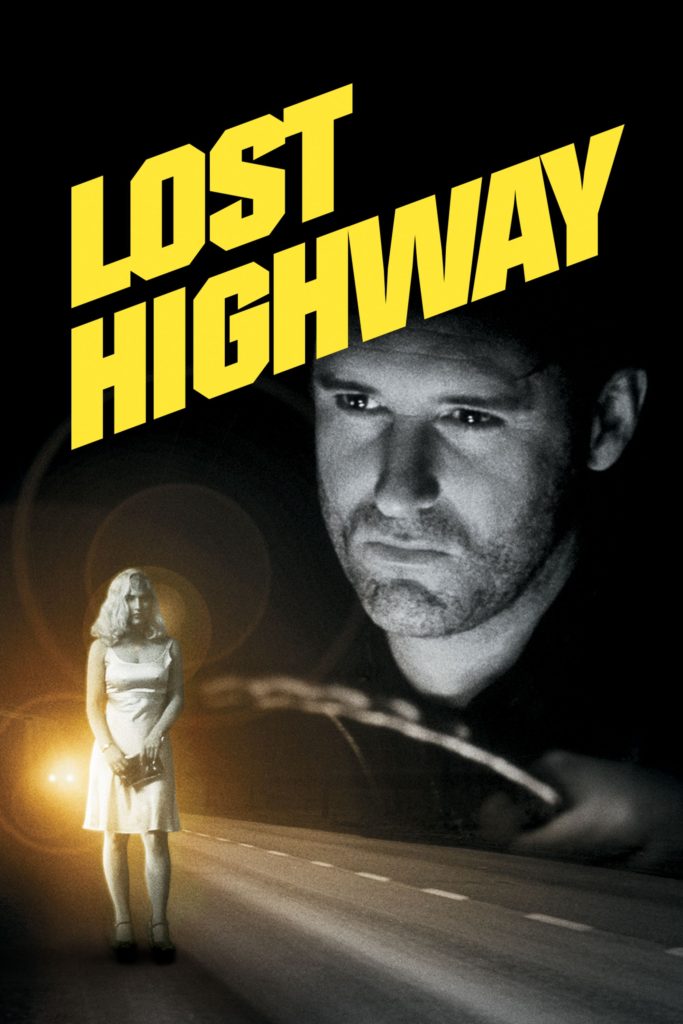
Lost Highway 1997
“I’d written Inception as sort of a clever-clever heist movie. And heist movies tend to be deliberately superficial and glamorous. I needed him to bring the thing together, open it up to the audience and make it a human story, and he’s done that extraordinarily well.” – Chris Nolan (Director)
Christopher Nolan is the other relation to the question, “How is reality represented within surrealism and dreams?” with his film Inception made in 2010. The film Inception is about creating another world where everything feels like reality but it’s actually a dream. The goal is to plant an idea into someone’s head by heading into the depth of each dream without going into limbo where the character will not know the difference between a dream and reality which leads to fatality within the storyline. The protagonist played by Leonardo Dicaprio ends up getting stuck in limbo in his past before his next mission and him and his wife eventually manage to get out, but his wife thinks they’re still in a dream so commits suicide to “get out of the dream”. Surrealistic events occur throughout the entire film but the characters that demonstrate that they are limbo are completely unaware of this which links into my question nicely. Reality is represented as something that is desired within the film for the people who have already seen incredible and dream-like scenarios but for the people who are stuck and have no way to extend possibilities dreams and surrealism are desired greatly. This can represent the real world and how the audience members may feel whilst watching the film; a way to escape reality due to their emotions and feelings being so intertwined with the characters and the motions of the film. Most people in life wish to achieve their wildest dreams but, of course, within reality – in the real world. How much can people achieve with a closed mindset? Christopher Nolan has tried to open people’s mind to the most abstract possibilities, we all know that a film is just a prolonged moving image, but the film can be inspiring; encouraging the viewers to make their life more spontaneous and unbelievable. In other words, reality seems to be represented as a word that discourages people to push the limits of their dreams and not make the thoughts of the unconscious mind into a reality. Making the movement of surrealism occur with our reality rather than just being an art form is possible depending on how much people limit what we can do within reality and how fine the line is between the real world and our imagination. In the film inception Ariadne (played by Elliot Page) is told to join the mission to plant something into someone’s mind, as she was an architect student who seemed to have a view of the world that seemed endless; moved buildings, mirror the world that they stood on to appear above the etc. This demonstrated the endless possibilities that someone could achieve by having a different mindset and being open minded, which was the reason Cobb chose her (Leonardo Dicaprio). Nolan said what his intentions were when creating the film, “I’d written Inception as sort of a clever-clever heist movie. And heist movies tend to be deliberately superficial and glamorous. I needed him to bring the thing together, open it up to the audience and make it a human story, and he’s done that extraordinarily well.” in my mind I think when he says, “make it a human story” that is implying that he wanted the audience to feel like it wasn’t all just completely outrageous with what they were viewing; something that could actually be created. The was the dreams were created could be created one day if we gathered enough intelligence is what I think he means but maybe even the storyline behind it of how much Cobb compresses his emotions due to going too far with his imagination to the point where the real world wasn’t enough. Overall, I think that Christopher Nolan was trying to make the film an emotionally raw but thrilling at the same time; inspiring but as well as showing the limitations of dreams and reality.
When comparing these film director’s films with my own film I think there some clear similarities as well as some differences in order to really define how I think reality is represented within surrealism and dreams. The snap shots from my film below is partly showing how I was trying to represent the world we live and how easily it can be represented as something else with metaphorical meaning. I edited on of the photos as a montage as it was much easier to edit a photo rather than a whole clip the way I wanted to. In the first row of photos, I was representing reality as modifiable and adjustable to the way we want to see them, whether that’s hallucinatory or us physically editing reality through a screen. By making the film more horrific I thought it represent how people fear what they aren’t used to seeing in the real world. I also thought the part of the body you could see on the left side of the shot was ominous looking as in both examples you can be sure if the girl is looking at what she truly looks like or if it’s what the mirror has changed her to appear as. I also added a lot of faces with the opacity a lot lower so they’re barely visible just to add some more unsettling factors to the image without being completely noticeable until pointed out. As for the other row of photos, this was me showing the transition from reality to the dream/film the girl at the start was watching from the beginning. The idea of this was to make the viewer aware that they were watching a film within a film again as they were probably so submerged within the film that they forgot and then this is meant to replicate the viewer themselves being the viewer already shown in the film. The transition from the colour to black and white was meant to represent the girl coming back into the real world. In this sense this relates the film inception when Cobb is stuck in limbo and doesn’t realise that he’s in a dream. Dreams can be so realistic that it is very rare that we’ll realise that we’re dreaming whilst we’re in the dream; this is what I wanted to portray in my film whilst linking it nicely to inception. As for the disturbing factor in my film, David Lynch’s film link to this as his films are wildly abstract as well as this, I wanted my audience to interpret the film in their own way just like Lynch does. I wanted to display the ‘revolution of the mind’ sought by surrealism drew upon the uncensored creative impulses of the unconscious as well to link it to the history of the art form.
Overall, I think the answer to my hypothesis isn’t simple, as the definition of what it could mean is different to every individual person. In my eyes I see reality the simple and basic life everyone sees but within dreams I think it’s much more complex; reality is something that tangible and it can be desired as well as unwanted. With surrealism in the mix, I think that reality is merely a blank canvas to be destroyed, build upon or modified. The movement of surrealism allowed reality to be morphed within people’s imagination as well as in front of their very eyes. I think David Lynch helped to make the surrealism movement move on further especially in the film industry and develop people’s minds to explore their imagination more. As for Inception I think Nolan widened the minds of the viewers of what is possible in the cinematic universe and possibly in the real world also. Reality is just preventing people from exploring their imagination and exploring creative thinking from my point of view.
bibliography: https://en.wikipedia.org/wiki/David_Lynch , https://www.goodreads.com/author/quotes/13043.David_Lynch, https://www.history.com/topics/art-history/surrealism-history, http://www.surrealismart.org/quotes.html, https://www.moma.org/learn/moma_learning/themes/surrealism/tapping-the-subconscious-automatism-and-dreams/ , https://www.britannica.com/biography/Christopher-Nolan-British-director, https://issuu.com/museothyssenmad/docs/surrealism-and-dream, https://www.museothyssen.org/en/exhibitions/surrealism-and-dream, https://www.britannica.com/biography/David-Lynch-American-director-and-screenwriter, https://theoverlook.blog/2017/07/27/lost-highway-suppression-of-reality-in-lynch-angeles-the-city-of-dreams/


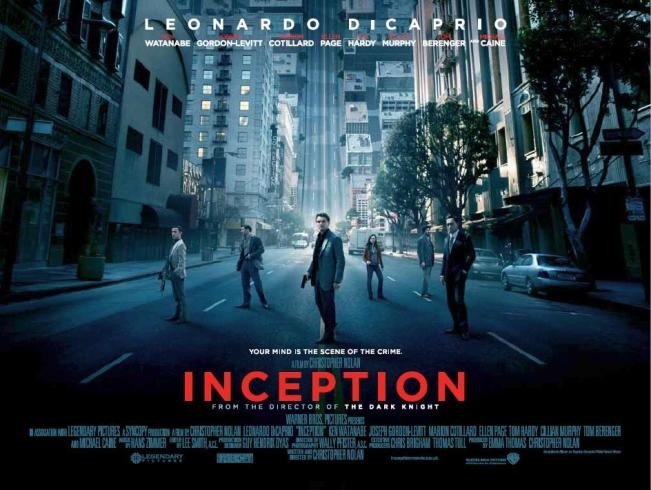

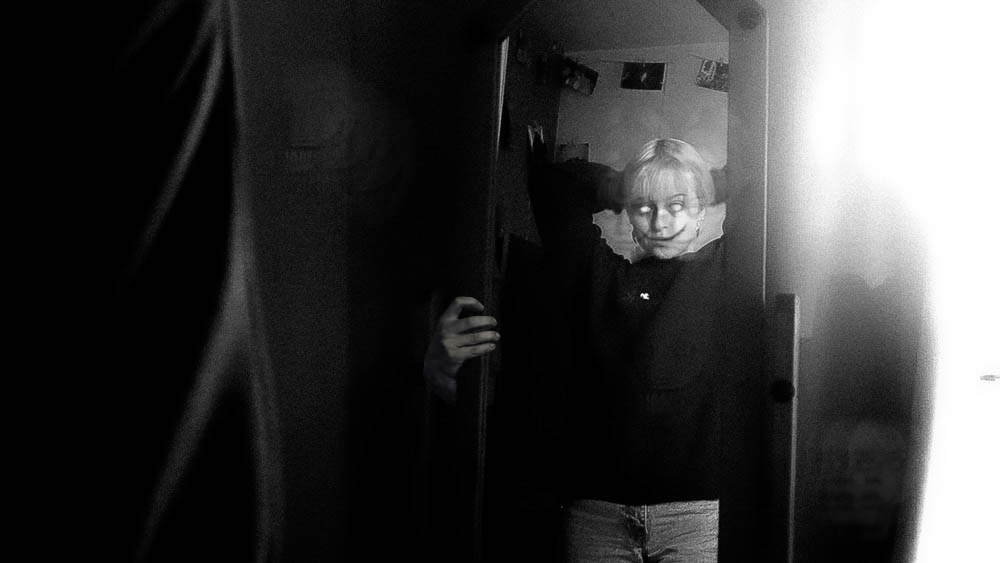
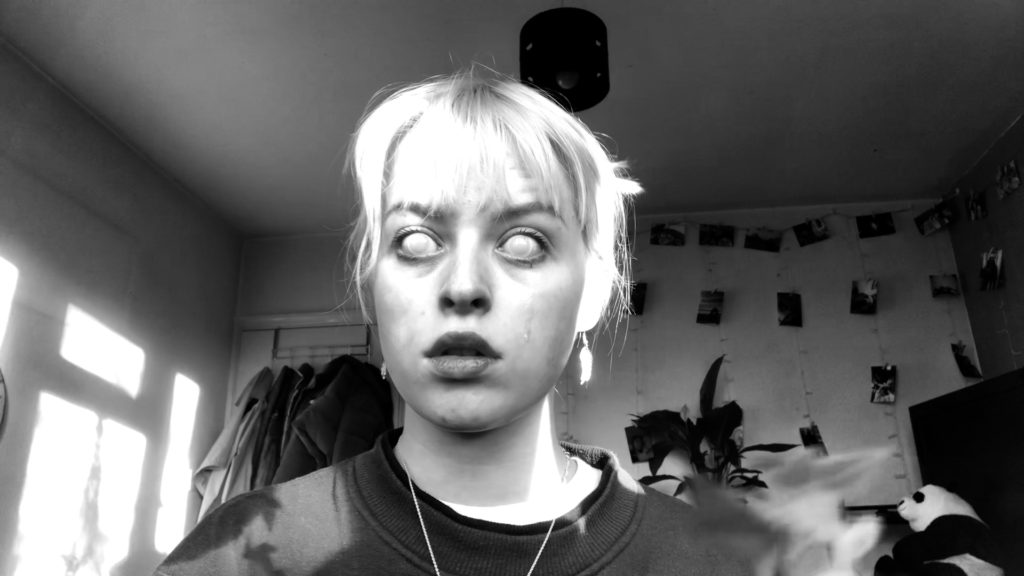

Aimee, The premise of your essay question is to examine how surrealism can be used to express and visualise mental health issues but your introduction seems to focus more on surrealism relationship with realism and dreams. If this is what you would like to investigate in your essay then maybe change the hypothesis to reflect that.
Regards to artists, I think you should narrow it down to looking at either film makers , Lynch. Nolan (of which you have already done a excellent analysis of the film Inception which you can use here) or photographers, Ingberg and Corrado. It’s fine for you to use all as inspirations/ artists references for you film/ visual work, but for the essay I would recommend you stick with filmmakers only.
I have made a few minor corrections directly into your text mainly sentence structuring) Here are a few others things to consider.
Literary sources; have you got any, please list in a blog posts. My sense is that you need to read more about Surrealism
For Pg 1: historical context. Surrealism emerged from Dadaism and was one of the most dominant and influential art movements with Modernism
Here are some about general ones in relation to Surrealism and dreams.
https://www.moma.org/learn/moma_learning/themes/surrealism/tapping-the-subconscious-automatism-and-dreams/
https://www.thecut.com/2016/10/how-the-surrealists-harnessed-their-dreams.html
https://youtu.be/xPbdJAs9DeU
https://issuu.com/museothyssenmad/docs/surrealism-and-dream
https://www.museothyssen.org/en/exhibitions/surrealism-and-dream
Find more specific texts in relation to David Lynch and Christopher Nolan. I’ll bring in some books on Lynch and surrealism tomorrow
Lastly, I would like to see how your film project is developing and make sure you publish some blog posts with footage (visual & sound) and show your film editing process too.
MT